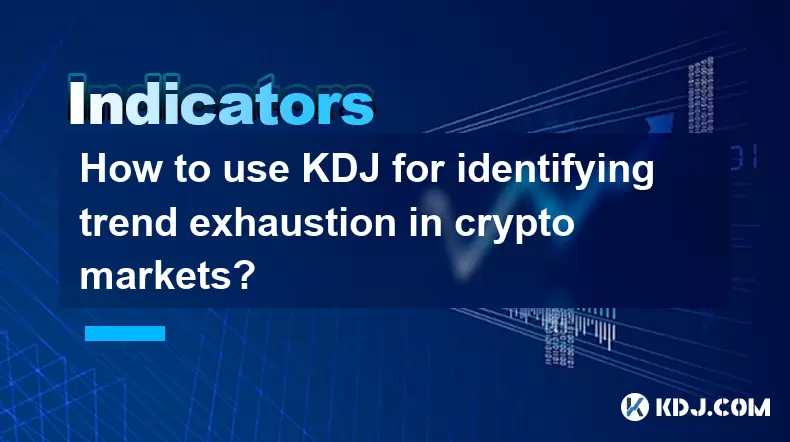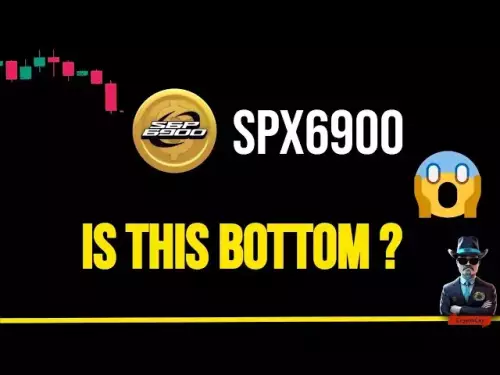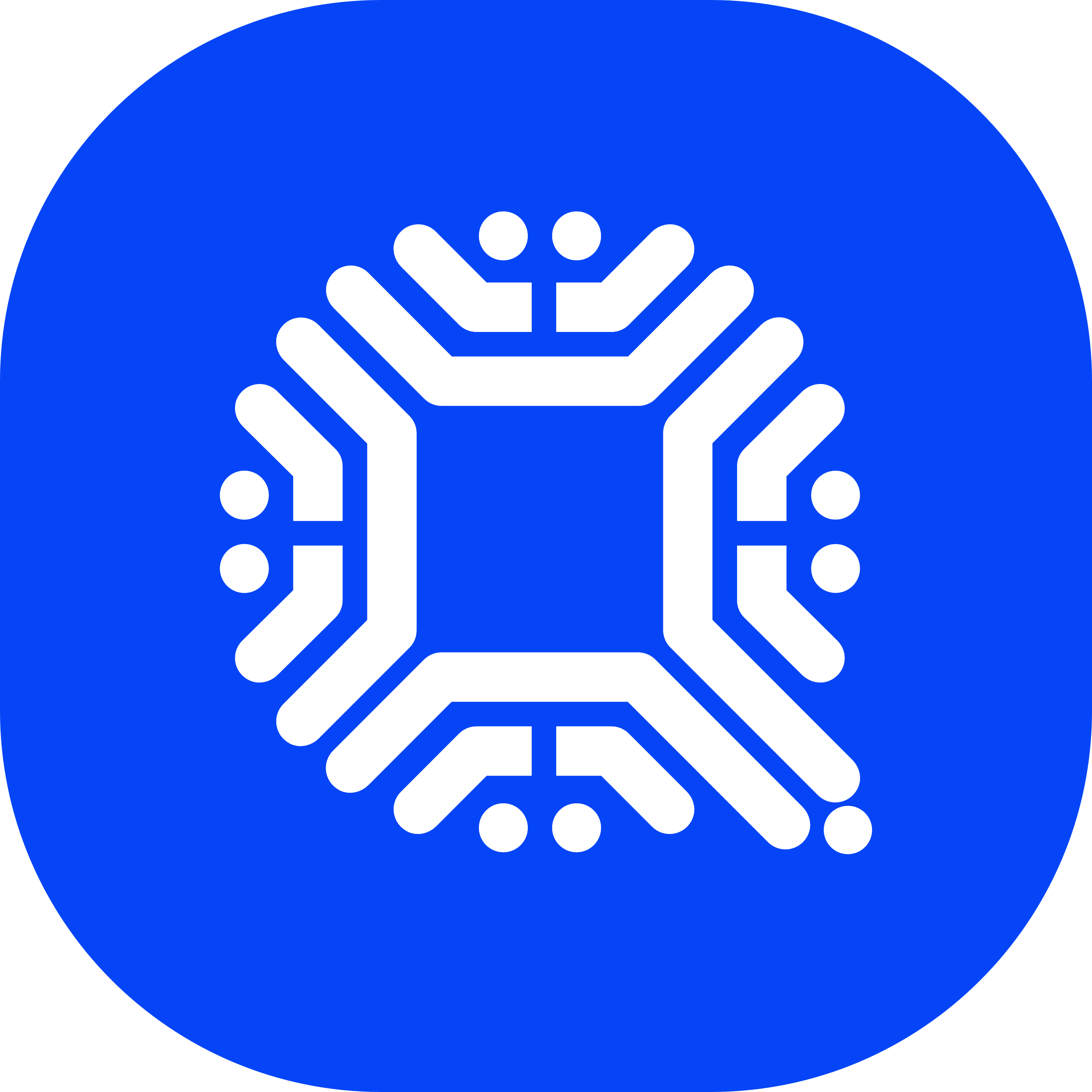-
 Bitcoin
Bitcoin $113100
-1.74% -
 Ethereum
Ethereum $4800
1.16% -
 XRP
XRP $3.041
0.36% -
 Tether USDt
Tether USDt $0.9999
0.02% -
 BNB
BNB $876.6
-0.40% -
 Solana
Solana $205.1
0.96% -
 USDC
USDC $0.0000
0.00% -
 Dogecoin
Dogecoin $0.2345
-0.10% -
 TRON
TRON $0.3629
0.40% -
 Cardano
Cardano $0.9260
1.91% -
 Chainlink
Chainlink $26.20
0.28% -
 Hyperliquid
Hyperliquid $46.04
2.89% -
 Sui
Sui $3.722
0.22% -
 Stellar
Stellar $0.4113
-0.53% -
 Ethena USDe
Ethena USDe $1.000
0.03% -
 Bitcoin Cash
Bitcoin Cash $590.3
0.39% -
 Avalanche
Avalanche $25.82
-0.01% -
 Hedera
Hedera $0.2504
-0.92% -
 Litecoin
Litecoin $119.1
-1.33% -
 UNUS SED LEO
UNUS SED LEO $9.598
0.03% -
 Toncoin
Toncoin $3.315
-1.69% -
 Shiba Inu
Shiba Inu $0.00001308
-1.02% -
 Uniswap
Uniswap $11.06
-2.10% -
 Polkadot
Polkadot $4.149
-1.10% -
 Dai
Dai $1.000
0.03% -
 Aave
Aave $350.7
-1.07% -
 Cronos
Cronos $0.1587
0.97% -
 Bitget Token
Bitget Token $4.664
-0.71% -
 Monero
Monero $274.5
3.42% -
 Ethena
Ethena $0.7021
-4.70%
How to use KDJ for identifying trend exhaustion in crypto markets?
The KDJ indicator helps crypto traders spot trend exhaustion by identifying overbought/oversold levels, divergences, and %K/%D crossovers, with %J spikes offering early reversal signals.
Aug 10, 2025 at 07:00 am

Understanding the KDJ Indicator in Cryptocurrency Trading
The KDJ indicator is a momentum oscillator derived from the Stochastic Oscillator, widely used in technical analysis to identify potential trend reversals and overbought or oversold conditions. In the context of crypto markets, which are known for their high volatility and rapid price swings, the KDJ can be a powerful tool for detecting trend exhaustion—a state where the current price movement is losing momentum and may be nearing a reversal. The KDJ consists of three lines: %K (fast stochastic), %D (slow stochastic), and %J (divergence line). Each plays a critical role in interpreting market dynamics.
- %K reflects the current closing price relative to the price range over a specific period (typically 9 periods).
- %D is a moving average of %K, smoothing out fluctuations.
- %J is calculated as 3×%K – 2×%D, making it more sensitive and often used to spot early trend shifts.
In crypto trading, where price action can be erratic, the KDJ helps filter noise by emphasizing momentum shifts. When the %K and %D lines cross or when %J moves sharply beyond typical thresholds, it may signal that the prevailing trend is weakening.
Identifying Overbought and Oversold Conditions
One of the primary ways to use the KDJ for detecting trend exhaustion is by monitoring overbought and oversold levels. In most charting platforms, the KDJ is scaled from 0 to 100. A common interpretation is:
- Values above 80 indicate overbought conditions.
- Values below 20 suggest oversold conditions.
When the %K and %D lines rise above 80 in an uptrend, it may signal that buying pressure is waning, and the trend could be nearing exhaustion. Conversely, when both lines fall below 20 during a downtrend, selling momentum may be fading.
For example, during a strong rally in Bitcoin (BTC), if the %K line reaches 85 and the %D line follows closely, traders should watch for signs of reversal. If the %J line spikes above 100 and then begins to turn downward while price continues to rise, this bearish divergence could indicate trend exhaustion.
It is important to adjust the sensitivity of the KDJ based on the crypto asset and timeframe. For highly volatile altcoins, using a longer period (e.g., 14 instead of 9) may reduce false signals.
Spotting Divergences Between Price and KDJ
Divergence analysis is one of the most effective methods for identifying trend exhaustion using the KDJ. A divergence occurs when the price makes a new high or low, but the KDJ fails to confirm it.
- Bearish divergence: Price makes a higher high, but the KDJ forms a lower high. This suggests weakening bullish momentum.
- Bullish divergence: Price records a lower low, yet the KDJ forms a higher low, indicating diminishing bearish pressure.
To detect divergence:
- Plot the KDJ on a 1-hour or 4-hour chart for intraday trading, or daily for swing positions.
- Align recent price peaks or troughs with corresponding KDJ values.
- Look for mismatches in momentum—for instance, if Ethereum (ETH) climbs to $3,500 (new high), but the %K line only reaches 75, down from 88 in the previous peak, this could foreshadow a reversal.
Traders should wait for confirmation—such as a crossover of %K and %D below 80 in overbought territory—before acting on divergence signals.
Interpreting Crossovers of %K and %D Lines
Crossovers between the %K and %D lines are pivotal in signaling potential exhaustion points. These crossovers gain significance when they occur in extreme zones.
- When %K crosses below %D in the overbought zone (above 80), it may indicate the uptrend is losing steam.
- When %K crosses above %D in the oversold zone (below 20), it can suggest the downtrend is nearing an end.
For practical application:
- Open a crypto trading platform like TradingView or Binance.
- Apply the KDJ indicator to the chart of your chosen asset (e.g., Solana).
- Set the parameters to 9, 3, 3 (default).
- Monitor for crossovers near the 80 or 20 thresholds.
- Combine with volume analysis—a crossover with declining volume strengthens the exhaustion signal.
Avoid acting on crossovers in the middle range (30–70), as they often reflect minor pullbacks rather than true exhaustion.
Using %J Line Spikes for Early Warning Signals
The %J line is the most volatile component of the KDJ and often acts as a leading indicator. Because it can exceed 100 or drop below 0, extreme %J values can warn of imminent reversals.
- A %J value above 100 in an uptrend suggests over-enthusiasm among buyers.
- A %J value below 0 in a downtrend indicates excessive selling pressure.
For instance, if Binance Coin (BNB) surges 15% in a day and the %J line jumps to 110, this overextension may precede a correction. Watch for the %J to cross back below 100 while %K and %D begin to turn down.
To use this effectively:
- Enable the %J line visibility in your chart settings.
- Mark historical instances where %J exceeded 100 or dropped below 0.
- Note whether price reversed shortly afterward.
- Use these patterns to anticipate similar behavior in future setups.
This method works best when combined with support/resistance levels—e.g., a %J spike at a known resistance zone increases the likelihood of trend exhaustion.
Practical Example: Applying KDJ on a Crypto Chart
Let’s walk through a real-world scenario using Cardano (ADA) on a 4-hour chart:
- Apply the KDJ indicator with settings 9, 3, 3.
- Observe ADA rising from $0.45 to $0.60 over five days.
- The %K and %D lines climb into the 85 zone.
- The %J line shoots to 108, then starts declining.
- Price makes a marginal new high, but %K forms a lower high—bearish divergence.
- %K crosses below %D at 82.
- Volume begins to shrink.
These signals collectively suggest upward trend exhaustion. A short position or exit from longs could be considered, especially if the price fails to break a resistance level.
Ensure you backtest this strategy on historical data to assess its reliability across different market phases.
Frequently Asked Questions
What are the default KDJ settings for crypto trading?
The standard parameters are 9 periods for %K, a 3-period moving average for %D, and 3 for the smoothing factor. These can be adjusted—longer periods reduce noise in volatile markets, while shorter ones increase sensitivity.
Can KDJ be used on all cryptocurrencies?
Yes, the KDJ is applicable to any crypto asset with sufficient price data and volume. However, it performs best on major coins like BTC, ETH, and BNB due to their liquidity and established price patterns. Low-cap altcoins with erratic movements may generate unreliable signals.
How does KDJ differ from the standard Stochastic Oscillator?
The key difference is the inclusion of the %J line, which amplifies momentum shifts. While the Stochastic only uses %K and %D, KDJ adds %J = 3×%K – 2×%D, making it more reactive to sudden changes—ideal for fast-moving crypto markets.
Should KDJ be used alone or with other indicators?
KDJ should not be used in isolation. Combining it with volume indicators, moving averages, or support/resistance analysis improves accuracy. For example, a KDJ crossover at a Fibonacci retracement level strengthens the signal’s validity.
Disclaimer:info@kdj.com
The information provided is not trading advice. kdj.com does not assume any responsibility for any investments made based on the information provided in this article. Cryptocurrencies are highly volatile and it is highly recommended that you invest with caution after thorough research!
If you believe that the content used on this website infringes your copyright, please contact us immediately (info@kdj.com) and we will delete it promptly.
- Ripple's RLUSD and Japan's Regulation: A Match Made in Digital Finance Heaven
- 2025-08-25 07:05:29
- BlockDAG's $381M Presale: Meet the Core Team Driving Its Success
- 2025-08-25 07:25:14
- Solana Price Targets $270: On-Chain Strength Fuels Bullish Momentum
- 2025-08-25 07:25:14
- ETH Market Dominance Soars to 14.65%: Ethereum's Highest Point in 2025!
- 2025-08-25 07:50:12
- XRP Enters Top 100: A New Era for the Digital Asset?
- 2025-08-25 07:50:12
- Optimism's Breakout: A Strategic Entry Point for Savvy Investors
- 2025-08-25 08:05:26
Related knowledge

What does it mean when the +DI and -DI cross frequently in the DMI indicator but the ADX is flattening?
Aug 11,2025 at 03:15am
Understanding the DMI Indicator ComponentsThe Directional Movement Index (DMI) is a technical analysis tool composed of three lines: the +DI (Positive...

What does the sudden appearance of a "dark cloud cover" candlestick pattern during an uptrend indicate?
Aug 13,2025 at 11:35am
Understanding the 'Dark Cloud Cover' Candlestick PatternThe dark cloud cover is a bearish reversal pattern in technical analysis that typically appear...

What does it mean when the moving average, MACD, and RSI all send buy signals simultaneously?
Aug 11,2025 at 01:42pm
Understanding the Convergence of Technical IndicatorsWhen the moving average, MACD, and RSI all generate buy signals at the same time, traders interpr...

What does it mean when both the KDJ indicator and the RSI show overbought signals simultaneously?
Aug 13,2025 at 11:35am
Understanding the KDJ Indicator in Cryptocurrency TradingThe KDJ indicator is a momentum oscillator derived from the Stochastic Oscillator, widely use...

What does it mean when the price is trading above the SAR indicator but the red dots are densely packed?
Aug 09,2025 at 11:49pm
Understanding the SAR Indicator and Its Visual SignalsThe SAR (Parabolic Stop and Reverse) indicator is a technical analysis tool used primarily to de...

What does it mean when the candlestick chart forms a "Morning Star" but trading volume is sluggish?
Aug 12,2025 at 06:28pm
Understanding the Morning Star Candlestick PatternThe Morning Star is a three-candle bullish reversal pattern commonly observed in cryptocurrency pric...

What does it mean when the +DI and -DI cross frequently in the DMI indicator but the ADX is flattening?
Aug 11,2025 at 03:15am
Understanding the DMI Indicator ComponentsThe Directional Movement Index (DMI) is a technical analysis tool composed of three lines: the +DI (Positive...

What does the sudden appearance of a "dark cloud cover" candlestick pattern during an uptrend indicate?
Aug 13,2025 at 11:35am
Understanding the 'Dark Cloud Cover' Candlestick PatternThe dark cloud cover is a bearish reversal pattern in technical analysis that typically appear...

What does it mean when the moving average, MACD, and RSI all send buy signals simultaneously?
Aug 11,2025 at 01:42pm
Understanding the Convergence of Technical IndicatorsWhen the moving average, MACD, and RSI all generate buy signals at the same time, traders interpr...

What does it mean when both the KDJ indicator and the RSI show overbought signals simultaneously?
Aug 13,2025 at 11:35am
Understanding the KDJ Indicator in Cryptocurrency TradingThe KDJ indicator is a momentum oscillator derived from the Stochastic Oscillator, widely use...

What does it mean when the price is trading above the SAR indicator but the red dots are densely packed?
Aug 09,2025 at 11:49pm
Understanding the SAR Indicator and Its Visual SignalsThe SAR (Parabolic Stop and Reverse) indicator is a technical analysis tool used primarily to de...

What does it mean when the candlestick chart forms a "Morning Star" but trading volume is sluggish?
Aug 12,2025 at 06:28pm
Understanding the Morning Star Candlestick PatternThe Morning Star is a three-candle bullish reversal pattern commonly observed in cryptocurrency pric...
See all articles

























































































